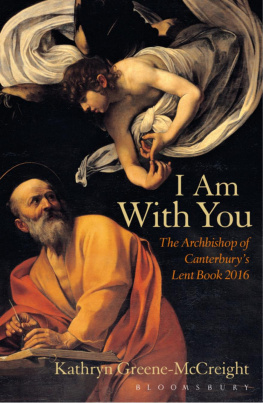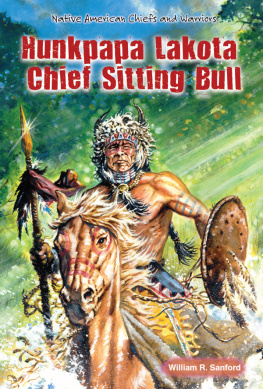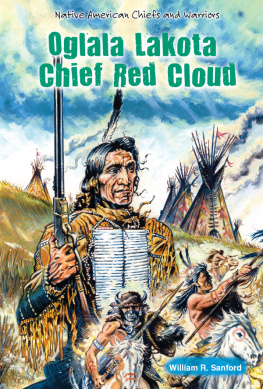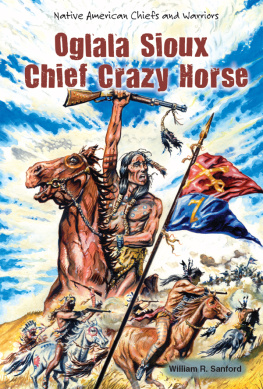This edition is published by BORODINO BOOKS www.pp-publishing.com
To join our mailing list for new titles or for issues with our books borodinobooks@gmail.com
Or on Facebook
Text originally published in 1947 under the same title.
Borodino Books 2017, all rights reserved. No part of this publication may be reproduced, stored in a retrieval system or transmitted by any means, electrical, mechanical or otherwise without the written permission of the copyright holder.
Publishers Note
Although in most cases we have retained the Authors original spelling and grammar to authentically reproduce the work of the Author and the original intent of such material, some additional notes and clarifications have been added for the modern readers benefit.
We have also made every effort to include all maps and illustrations of the original edition the limitations of formatting do not allow of including larger maps, we will upload as many of these maps as possible.
FIREWATER AND FORKED TONGUES
A SIOUX CHIEF INTERPRETS U.S. HISTORY
BY
M. I. MCCREIGHT
ILLUSTRATIONS BY CHARLES M. RUSSELL
It is greatly to be wished that some competent person would write a full and true history of our national dealings with the Indians. Undoubtedly the latter have suffered terrible injustice at our hands.
THEODORE ROOSEVELT.
PUBLISHERS PREFACE
The knowledge that there existed the manuscript material embodied in this book came as a surprise late in 1946. From the first reading it was evident that here was a priceless gem that had been fused by an ardent student of the Indian and a lover of fair play.
M. I. McCreight (now in his eighty-second year) had gone west as a boy, and had seen the Indian reduced to beggary through the ruthless treatment of his conquerors. The fires lit in his heart and mind during those years remained with him. All during an active business life in Pennsylvania he kept in touch with his Indian friendsstudied avidly everything he could find on the subject of their history (too often slanted from the white mans viewpoint). He sifted and combed his extensive library until he had a fine knowledge of the subject. Interspersed with his active life and studies he found time to travel back over the West that hed known as a lad, and to renew old friendships and make new ones among the Indians.
Indians do not readily take their traditional enemy into their confidence, but gradually several old chiefs, largely of the Sioux tribes, came to understand him. They called him brother and gave him the name Tchanta TankaGreat Heart.
Thus it was that after many years he was able to entertain his friends of the WestFlying Hawk, American Horse, Lone Bear, Good Face, Plenty Coups, Iron Tail and others now gone to the Sand Hills. They came to visit at his home in DuBois, Pennsylvania, which he named the Wigwam. Here they found rest, a peaceful atmosphere, an understanding heart and a firm friend.
In this friendly atmosphere McCreight discovered what few white men have learnedthat the Indian, without written books and paper-talk, had well defined ideas of United States historymany wholly contrary to the white mans books. This unwritten history had been handed down through the generations by the Chiefs and the medicine men of the tribe. It is likely to be more truthful than much of the white mans written history, for the Indian was basically more honest and forthright than were the men who robbed him of his home and his heritage.
And so it was that among his closest friends McCreight found Flying Hawk, the Sioux, to be a profound historian, statesman and philosopher. And by careful questioning and diplomacy he succeeded, over a period of years, in getting Flying Hawk to retell in his own way the history of this landonce the Indians ownfrom the first coming of the white man.
Nor was this enough. The author exercised great care in assembling the material. After it was translated through an interpreter and typed it was read back to Flying Hawk for his correction and approval. When Flying Hawk was satisfied and pronounced the paper-talk washta (good), the Sioux Chief signed each document with his thumb-print.
It is this material which is incorporated in this book and which we have reason to believe is worthy of earnest study by any American who is open-minded and wants to understand the Indians viewpoint of our history. It is more than history, it is an insight into the clean, clear thinking and philosophy of the noble red manfor there were, and are, nobles in the oft-times lowly hogans, wickiups and huts of the Indians of the United States of America.
Because this material was garnered over a long period of years in many interviews with Flying Hawk it would be impossible to arrange in chronological order; rather the thought has been to preserve the flavor of its original telling.
Excerpts from this manuscript have been privately published by the author in pamphlet form under the titles Chief Flying Hawks Tales (1936) and The Wigwam Puffs from the Peace Pipe (1943).
Flying Hawk was well qualified to act as historian of the Sioux. He was a youth when the white invasion of the Sioux country took place at the close of the Civil War. He was a nephew of Sitting Bull (his mother and Sitting Bulls wife were sisters). His full brother, Kicking Bear, had been a leader of the Ghost Dances. He had taken part as a lad in tribal wars with the Crows and the Piegans and he had fought alongside the Great Chief Crazy Horse when Custers command was wiped out on the Little Big Horn in 1876.
When the humdrum life in a two-room log cabin in the desolate Bad Lands country, enhanced by the economic pressure, became too confining for his restless spirit, Flying Hawk joined Buffalo Bills Show, Colonel Millers 101 Ranch Show and the Sells-Floto Circus, traveling throughout the countryafter all, even an Indian had to eat! He died at Pine Ridge, South Dakota, December 24, 1931died in want, for he had written that his little band were saved from starvation only through contributions from Gutson Borglum and the Red Cross the year prior to his death.
H. E. BRITZMAN
TRAILS END
Pasadena, California
June 6, 1947
FOREWORD
The historic writings covered herein, largely the dictation of Chief Flying Hawk, a survivor of the Custer fight, are a faithful series of tales as known and handed down by the Sioux.
This old Chief lived through the serious times that befell our people following the gold discovery in the Black Hills; his experiences were of the most trying kind. Perhaps no other Indian of his day was better qualified to furnish reliable data covering the period of the great Sioux war, beginning with the ruthless exploitation by rum-sellers, prospectors and adventurers, of their homes and hunting grounds pledged to them forever by sacred treaty with the Government, and ending at the deplorable massacre of Wounded Knee.












